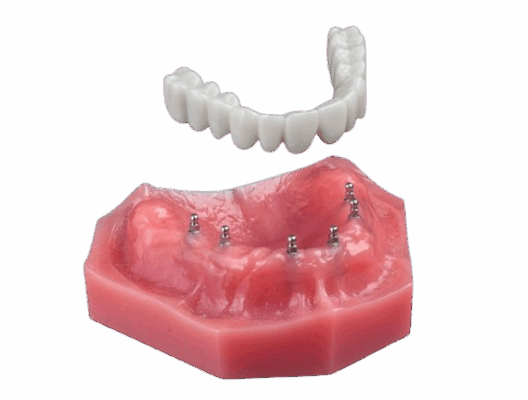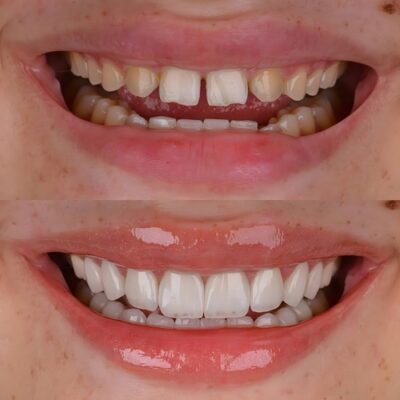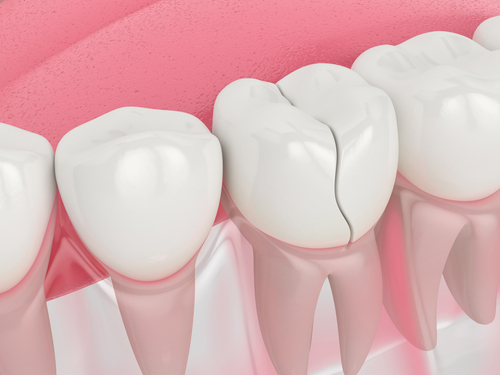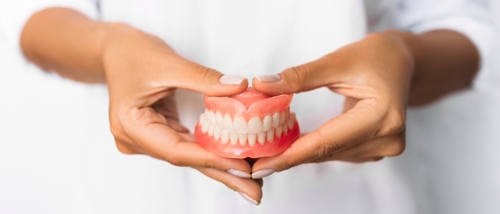What Is the Difference Between C-PAP Therapy and Oral Appliances?
In this video, Dr. Chance McLemore explains the two most common treatments for sleep apnea—CPAP machines and mandibular advancement devices—and how they work to improve airflow during sleep. To discuss which treatment option may be right for you, schedule a consultation at Riviera Dental Care today.
The two most well-known treatments for sleep apnea are the CPAP (Continuous Positive Airway Pressure) machine and the mandibular advancement device (dental mouthpiece).
The CPAP works by delivering pressurized air through a mask to keep the airway open. This prevents airway collapse and ensures a steady flow of oxygen while you sleep.
The mandibular advancement device (MAD) is a custom dental mouthpiece that gently moves the lower jaw and tongue forward, helping to open the airway. By repositioning these structures, it creates more space for airflow and can also trigger neurological reflexes that improve muscle tone in the neck, further reducing airway obstruction.
Both options can be effective, and the choice depends on the severity of sleep apnea and patient preference. A medical professional can help determine the most suitable treatment based on individual needs.









